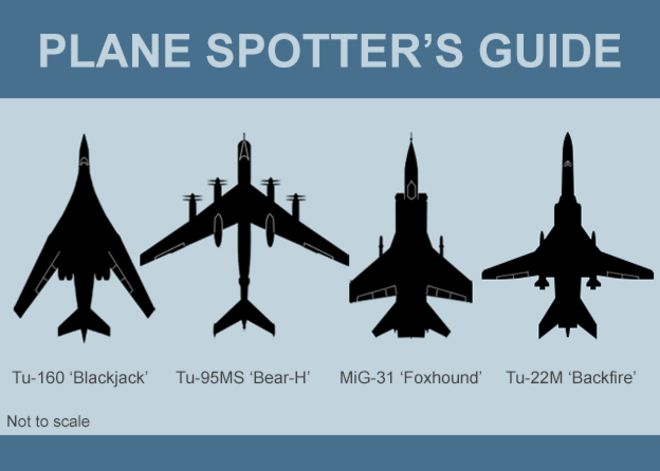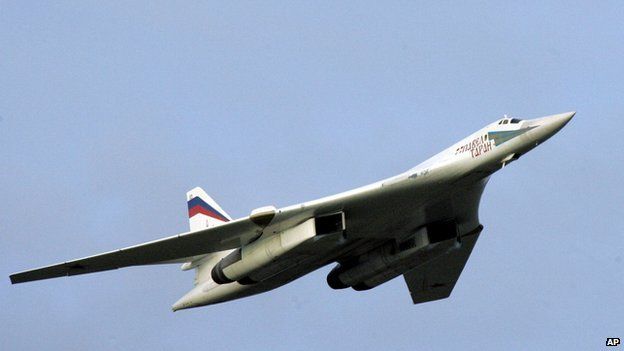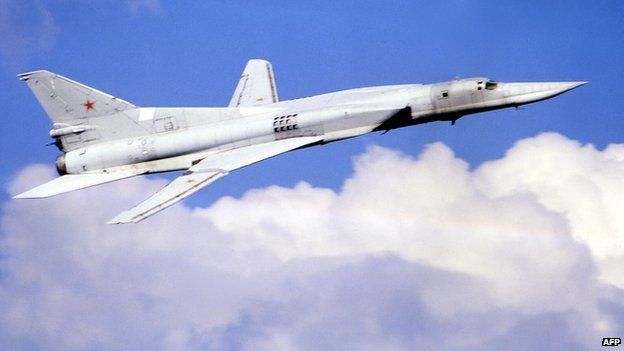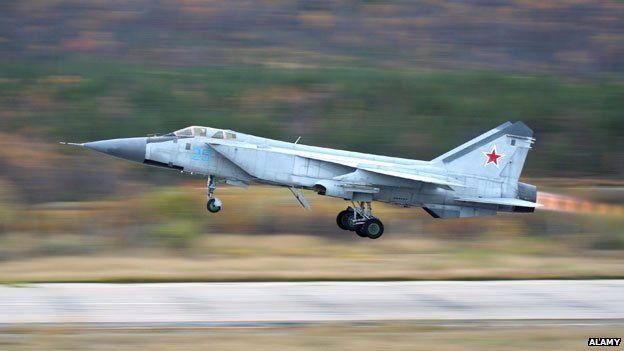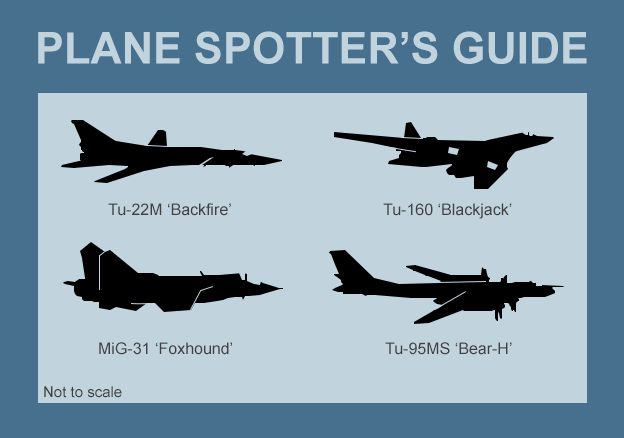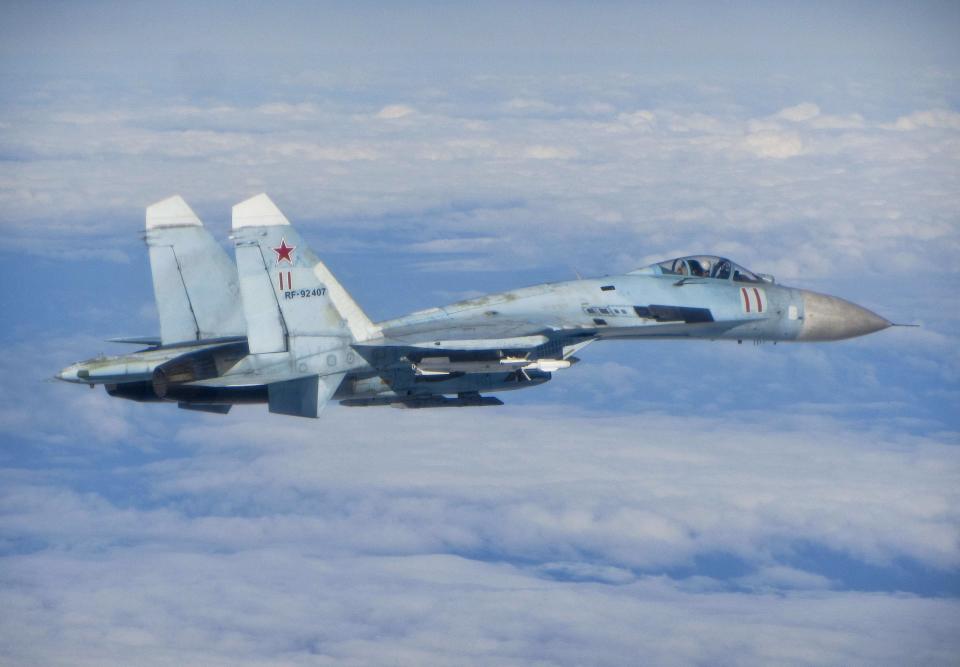Trond Jacobsen who is located in the Hvaler archipelago, SE Norway, shared the following interesting monitoring information on the UDXF newsgroup this morning. If you are a Russian Navy buff, you will find this as interesting as I did.
From Trond's UDXF Post:
Some recent interesting findings:
* During the 22utc rc slot on the 5th
of April RDU2 was called by an unid station with this command:
"rdu2 de nrzj
qsa bk" nothing further received from either party
* RHW2 is almost all the
time slightly off frequency.
* Compared with the cluster beacon S on 10871.9
/ 13327.9 both RAL2 and RMW2 are prob located in the NW of Russia. Both these
stations are strong when the S beacon are too. No other stations in the RAL2 net
are heard when the "S" beacons are the solitary ones heard on the cluster beacon
frequencies.
Here is a compilation of available data at this end for the
"elusive" RAL2 guided star network. (with some detail of loggings at the
various frequencies, frequencies with "no further info" are from 3rd party
sources, - and are not possible to verify due to rx location)
RAL2 guided
star network
NCS: RAL2
NW1: RFH2, RDU2, RHW2, RBL71,
RHM2,(RBL62)
NW2: RGH2, RMW2, RHQ2, RBL66, RBI2,(RBL672,RIB2)
NW3:
RLM2, RKA2, RBL70, RLO2
NWxx, (outstations not clearly showing up in a
specific net): (RIB2, RBL62, RBL672), RKY2, RBY45, RBY46, RDO2,
RAI2
Frequency usage: 3314, 3747, 4051, 4970, 4978, 4979, 5797, 5823,
5947, 6989, 7019, 7860, 7861, 8002.5, 9933, 10263, 10425, 12807, 13973, 13975,
13985, 14974, 14975
03314.0 ---: RAL2, RDU2, RHW2, RKA2
03747.0
RAL2: 1703, clg RBY46 (29/Jan/2005)
04051.0 RAL2: 1602, sx rc w/RLM2,
RKA2, RBL70 (after qrt of SLB "P" of Naval HQ Kaliningrad)
(11/DEC/2007)
04051.0 RAL2: 1600, 1920, rc w/RKA2, RLO2 RBL70, then QRU sk
(08/JAN/2010)
04051.0 RAL2: 1810, rc w/RLO2, RBL70 (21/Feb/2012)
04051.0
RAL2: 1830, clg RLO2, RKA2 for qsa and trfc. Using prosigns; qyt8, qlx, qrs, znn
(06/JAN/xxxx)
NOTE: 4051 was also in use for strategic bcasts. EX:
(04051.0---: Unid CIS Navy station 1507, f1A fsk morse;" RDL RDL RDL 52641 78383
52641 78383 52641 78383 k" (08/JAN2008) )
04970.0 RAL2: w/RHQ2,
RBL66
04978.0 RAL2: w/RMW2
04979.0 RAL2: 1620, sx rc w/RHQ2, RMW2,
qtc # 290 to RGH2 (11/DEC/xxxx)
04979.0 RMW2: 1919, clg RAL2 for qsa?
(25/FEB/2010)
04979.0 RAL2 : 2212, clg RBL66 for qsa "RBL66 DE RAL2 QSA?"
RAL66 replies: "RAL2 de RBL66 qsa2 K" ... "qsa4 znn znn sk"
(03/DEC/xxxx)
04979.0 RKA2: 0503, CW clg RLO2 for qsa?
(23/Nov/xxxx)
04979.0 RAL2: 0510, CW clg RKA2 "qsa3 znn znn va". 0513 "RLO2
de RAL2 qsa?" "qsa1 znn va" (23/NOV/xxxx)
04979.0 RAL2: 0514, CW clg RBL70
"qsa?" (23/NOV/xxxx)
NOTE: va (...- / .-) mistaken for sk (... / -.-)
(?)
04979.12 RAL2: ITU terrestrial monitoring, coordinates given as 33 E
44 55 N 20 (west of Moscow, near Vyazma)Only radio related fascility near those
coordinates are the 82nd Special Designation RC
05797.0 ---: no further
info
05823.0 RAL2: w/RLO2
05947.0 RAL2: 1808, w/RMW2,RHQ2, RBL66,
called also RBL672 but this one not audible. (14/APR/xxxx)
06989.0 RAL2:
18:08, sx rc w/RIB2, RHQ2 (30/MAY/xxxx)
06989.0 RBL672: 1604, sx rc w/RAL2
(12/JUN/2011)
06989.0 RAL2: 0009, sx wkg RMW2, RHQ2, RBL66, RBL672 &
RIB2. 0409, wkg RKA2, RLO2, RBL70 (id RBL7T). 1502, sx rc w/RBL66, RBL672
(17/SEP/11)
06989.0 RAL2 :2008, sx wkg RHQ2 RBL66, ending w/ znn sk
(24/MAY/14)
06989.0 RAL2: 1925 clg "RHW2 de RAL2 = xxx 73727 k".(14/SEP/xxxx)
06989.0 RAL2: 1610, sx rc w/RHW2, RDU2, RFH2, qtc, later "qtc nr 4828 gr 63
24 11 == FFFFF BYYAN DDDDD+ PPP+ DDDSS SOOOS SSGGG JJJRR RRRRRI IIRRR ==' and 5
LGS
06989.0 ---: 1605 CW Weak. "qsa1 znn va" (07/JUL/xxxx)(DW)
07019.0
RAL2: 1215-1530, w/RMW2 and others (xx/xxx/xxxx)
07019.0 RAL2: 0858, w/RKA2
(02/JUN/xxxx)
07019.0 RAL2: 0606, w/RLO2, RKA2, RBL70
(06/JUN/xxxx)
07019.0 RAL2: 2042, w/RBL71, RBL672,RBL66
(18/JUN/xxxx)
07019.0 RAL2: 2106, w/RIB2, RMW2,RHQ2,RBL66, RBL672
(24/JUN/xxxx)
07019.0 RAL2: 2107, w/ RMW2, RBL66, RBL672
(24/JUN/xxxx)
07019.0 RAL2: 1600, 2108, sx rc w/RHQ2 and others
(07/MAY/2004)
07860.0 RAL2: w/RDO2
07861.0 RAL2: 0114, sx rc
w/RFH2, RDU2, RHW2. Later: "rfh2 rfh2 rfh2 de ral2 ral2 qsa qsa no no no znn znn
k" (17/DEC/2009)
07861.0 RAL2: 1611, sx rc w/RFH2 (17/JAN/2010)
07861.0
RAL2: 1335, opchat; " qyt4 qta k as", later: "rhw2 de ral2 k qsa2 znn", "rfh2 de
ral2 k" (16/FEB/2010)
07861.0 RAL2: 1510, 1801, w/RDU2, RFH2, 1617, w/RHW2
(04/APR/2009) (13/sep/xxxx)
07861.0 RAL2: 19:00, sx rc w/RHW2 RFH2 RDU2,
RBL71 (21/MAR/xxxx)
07861.0 RAL2: 1607, sx rc w/RHW2 (25/MAR/2011)
07861.0
RAL2: 1810, clg RFH2, RDU2, RBL71, as usual RBL71 has difficulty hearing RAL2,
rx Alaska (31/DEC/2011)
07861.0 RAL2: 1710, clg RBD2, RCQ64
(xx/xxx/xxxx)
07861.0 RAL2: 1558, opchat w/RFH2, RBL62
(08/DEC/2002)
07861.0 RFH2: fsk vvv before the rc with ral2. The only “real”
tfc heard so far was some years ago on 7861 kHz: "rfh2 de ral2 aa slv svd zbr Ö
13975 qtr 0800 - aa slv sld zbr Ö 99933 qtr 2000 ok ?"
08002.5 RAL2:
outstations unknown, (frequency err ???) no further info
09933.0 RAL2:
1900, ITU terrestrial monitoring, neither bearing nor coordinates
given.
10263.0 RAL2: 0711, w/RMW2, 0800, w/RGH2
(18/MAR/xxxx)
10263.0 RAL2: 0615, w/RHQ2 (10/APR/xxxx)
10263.0 RAL2:
0623; RMW2 (23/APR/xxxx)
10425.0 RAL2: 1107, sx rc w/RBI2, RGH2, RMW2,
RHQ2, RBL66 (12/JUL/2014)
12807 RAL2: outstations unknown
13973.0
---: no further info
13975.0 RAL2: 0839, clg wkg w/RBL62 -
(04/MAR/xxxx)
13975.0 RAL2: 1205, sx rc w/RHW2, 1211, w/RBL71
(14/APR/2011)
13975.0 RAL2: 1102, sx rc w/RFH2, RDU2, RHW2, RBL71
(12/JUL/2014)
13975.0 RDU2: 0604, sx clg RAL2 (14/APR/2002)
13975.0
RBL62: opchat: "de RBL62 ... qrj"... "as" (15/SEP/xxxx)
13975.0 RAL2: 0503,
sx rc w/RFH2, RHW2, RDU2, RBL62 (14/MAR/02)
13985.0 ---: no further
info
14974.0 RAL2: 0407, sx rc w/RDU2, RWH2,
RBL62.(10/JUN/2002)
14975.0 RAL2: 0355, sx rc w/RFH2 RDU2 RBL62
(30/JUL/2002)

